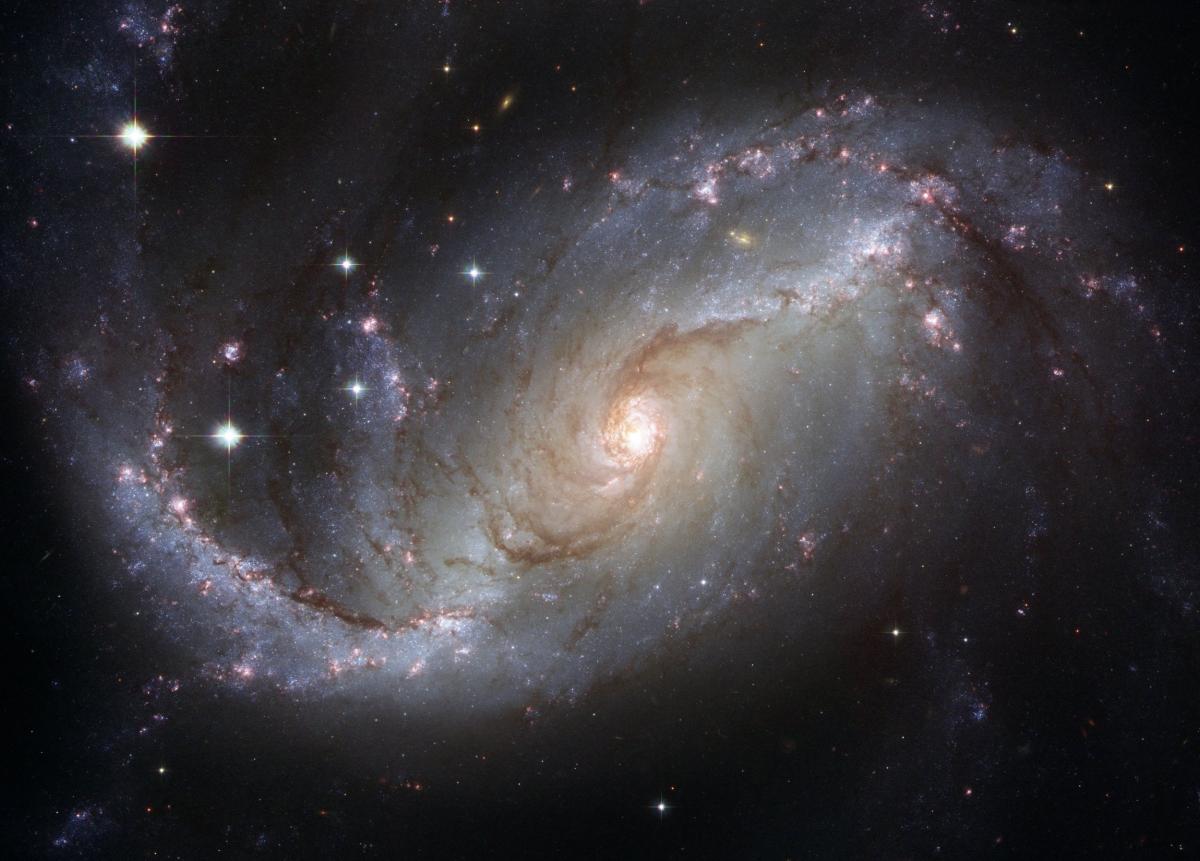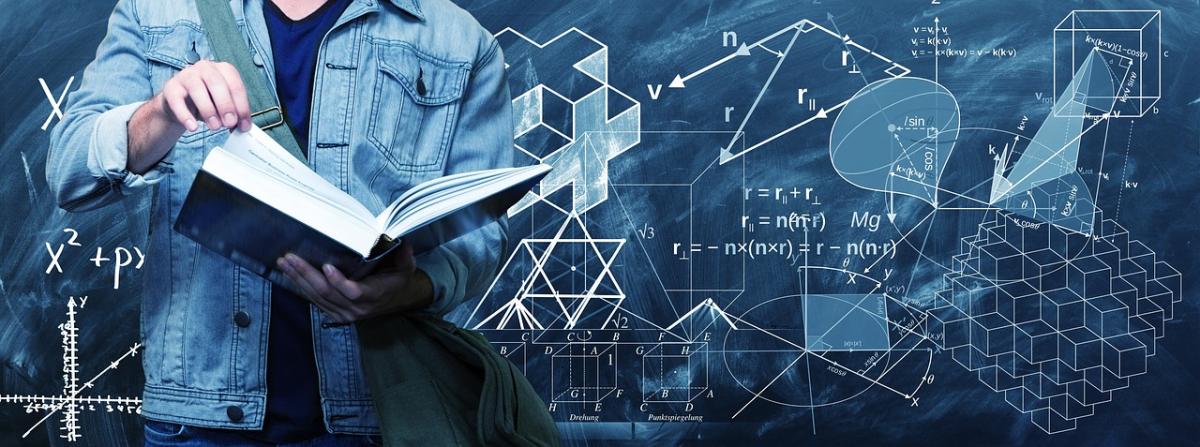
Sun and Shadow
by tawny bounds
Students will complete a shadow activity where they will learn what happens to shadows throughout the day. They will create a hypothesis, collect observable data, and come to a conclusion about a shadow's movement and the movement of the sun across the sky. They will also use rulers to measure the length of the shadows they trace and use math to compare their shadow in the morning versus the afternoon.
Lesson Grade Level
2nd GradeLesson Plan Link/URL
https://docs.google.com/presentation/d/1AxB9hRtUpYEjmKqvsMZ_rK4XA0inzsg2/edit?u…Subject Area
Science Earth and Space Science E2: Earth & the Universe Mathematics Measurement and Data (MD)
Featured
Off
Related Content

Grades:
9th Grade, 10th Grade, 11th Grade, 12th Grade
This lesson uses a PhET Simulation to allow students to collect data on the orbits of planets around our Sun, then summarize and share their results. It is designed for students in Grades 9-12.

Grades:
9th Grade, 10th Grade
The students construct and interpret an HR Diagram to better understand the significance and usefulness of the diagram.

Grades:
6th Grade, 7th Grade, 8th Grade, 9th Grade, 10th Grade, 11th Grade, 12th Grade
This lesson is an activity to see what an angle is and how is can be used to approximate the time of day or even navigating vessels by measuring other celestial bodies. Students will use sextants to